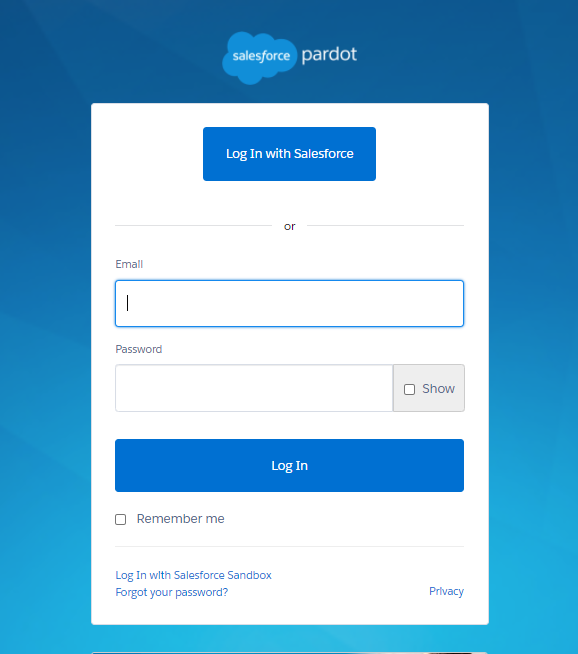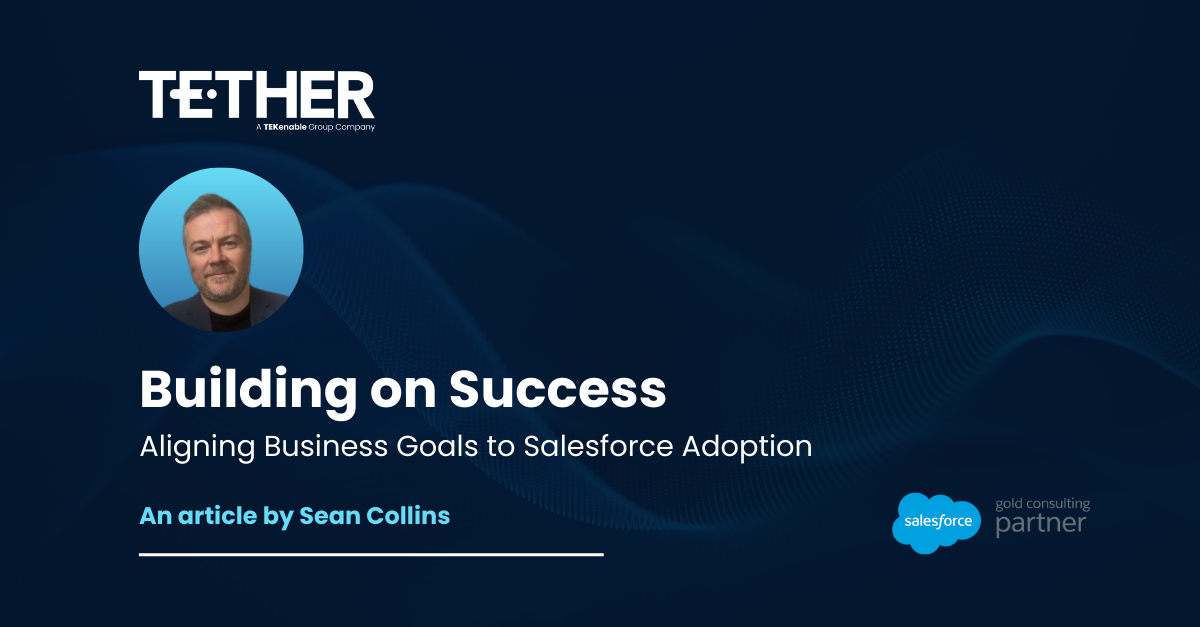
Useful Information about Pardots changes to SSO (Single Sign On)
The Spring ’21 Release is upcoming, and it includes a change to Pardots policy for Pardot Only Users. Here is a quick guide on what to expect, what to check, and what to change if necessary:
How Does Salesforce SSO Work With Pardot?
Originally, Pardot was a standalone tool, that could be connected with Salesforce. Pardot users would visit pi.pardot.com, and use their Pardot credentials to log in, regardless of whether they had a Salesforce license, or not. Since June of 2020 Salesforce have been notifying customers of the retirement of this function and the graduation to SSO.
From 15th February onwards:
Pardot’s user authentication system will be discontinued and all users will be required to use Salesforce Single Sign On. This means that all Pardot users without Salesforce SSO enabled by February 15 will lose the ability to log into Pardot until they are connected to a Salesforce user.

Dont Panic!
There were a few steps between June 2020 and now, including Salesforce User Sync (which was made default for new accounts created in Summer ’20 and beyond). Retiring Pardot-only login will be the final step in bringing all user records onto the core Salesforce platform.
Users will still be able to use the pi.pardot.com login screen but the only option will be to ‘log in via Salesforce’:
This change will not have an impact on any Pardot features or change the level of access that any particular user has. It only impacts that way in which users authenticate to Pardot.
Why use SSO?
Single sign-on is an authentication method that allows users to access many Salesforce applications with one login and one set of credentials. It also saves us time and the need for multiple Passwords for apps that exist in the same system.
Salesforces rationale for the change:
Security is the primary driver of this change. Trust is Salesforce’s #1 value and user security is a key part of that. By requiring that all users access Pardot via Salesforce SSO, Pardot can eliminate its own user authentication system and consolidate all customers onto Salesforces robust and extensible user security system.
Pardot’s recent releases and future roadmap are also key drivers of this change. As Pardot deepens its integration with Salesforce, Pardot users lacking a Salesforce seat are missing out on an increasing number of features: Pardot Business Units, B2B Marketing Analytics, and the new Lightning Email Builder, just to name a few.
Here is a really helpful link to an FAQ on Single Sign On:
https://help.salesforce.com/articleView?id=000325727&type=1&mode=1
How will this affect me?
If all of your users already access Pardot via Salesforce SSO, then you will not need to take any action. If, however, you have Pardot-only users that are not connected to a Salesforce user, then you will need to connect them before February 15, 2021. They can be connected to either new or existing Salesforce users. Here is all you need to know about Salesforce User Sync Implementation.
All of the details on the move to Single Sign On are available here:
https://help.salesforce.com/articleView?id=000353746&language=en_US&mode=1&type=1
We hope this helps,
The Tether Team.
#marketingautomation #pardot #salesforcepardot #tethertips




